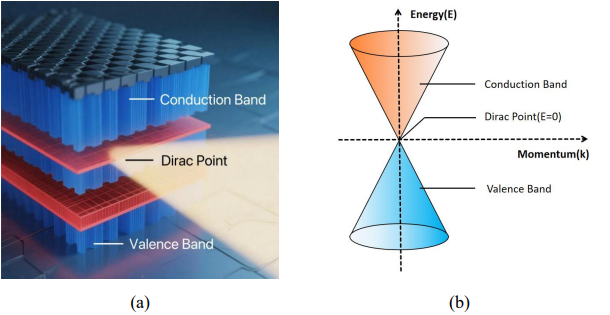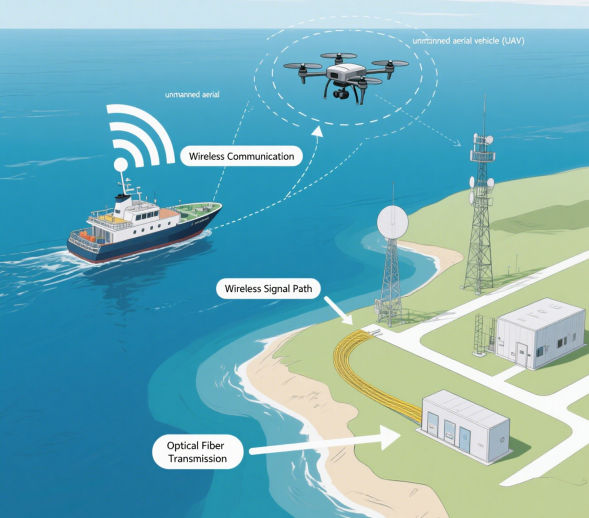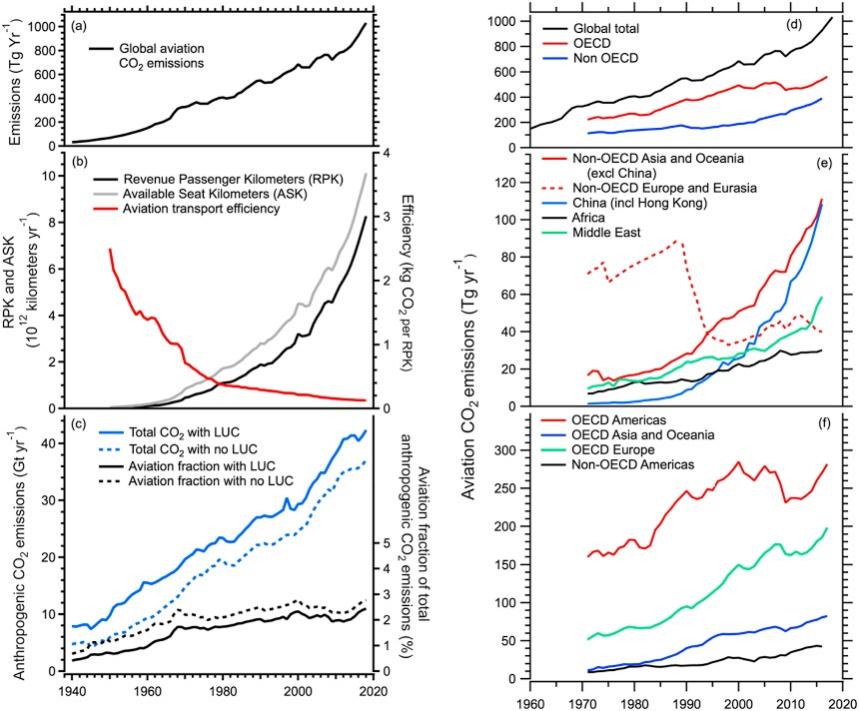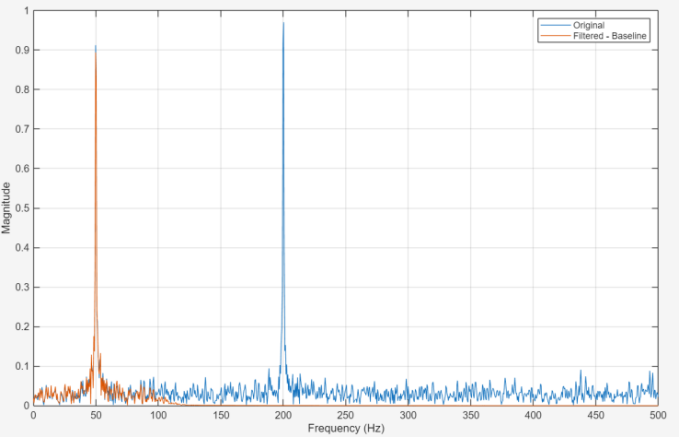

Volume 201
Published on October 2025Volume title: Proceedings of CONF-FMCE 2025 Symposium: Semantic Communication for Media Compression and Transmission

Graphene offers a promising pathway for ultra-high-speed data transmission in optical communications. Owing to its unique properties, including a zero bandgap, ultra-high carrier mobility of up to 2×105cm2V-1S-1, and strong interaction with optical fields, graphene is considered an ideal material to overcome the limitations of bandwidth, speed, and Complementary Metal-Oxide-Semiconductor (CMOS) compatibility faced by traditional electro-optic modulators. This paper first reviews the three major physical mechanisms through which graphene achieves optical modulation, the all-optical threshold switching effect brought about by saturable absorption, the Mach-Zehnder phase modulation driven by refractive index changes induced by strong light fields, and the subwavelength localization and absorption enhancement caused by the coupling of graphene and plasmas. Based on this, the paper focuses on the latest advancements in three typical graphene optical modulation devices since 2020, including the miniaturization and CMOS compatibility achieved through waveguide integration, the expansion of free-space types in optical interconnection applications, and the enhancement of plug-and-play characteristics in fiber-end types. It also elaborates on the optimization of modulation depth, insertion loss, and energy consumption in these three types of devices. Finally, the paper points out that environmental oxidation-induced performance degradation, technical bottlenecks in material transfer processes, and insufficient compatibility between large-area h-BN packaging and processes remain core challenges that restrict its large-scale industrial application.

 View pdf
View pdf



The smooth operation of maritime trade and ocean transportation depends heavily on a stable maritime communication system, which ensures vessel navigation safety and directly impacts global supply chain efficiency. Traditional communication methods have significant maritime limitations: shore stations suffer severe signal loss over long distances due to geographic constraints, while satellites, despite wide coverage, are costly, bandwidth-limited, and unsuitable for large data transmission. This leaves some areas with unstable or no communication, failing to meet the growing demands of maritime operations. This paper proposes an innovative solution: employing drones as communication relay nodes to build a dynamic network. It leverages UAVs’ low-cost and reusable advantages, reducing overall signal transmission costs via cluster-based collaborative deployment. Moreover, UAVs’ rapid deployment and flexible mobility allow real-time adjustment of relay positions according to vessel trajectories, effectively addressing coverage blind spots from terrain obstructions and signal reflections in complex marine environments—limitations traditional fixed base stations cannot overcome. This enables flexible coverage enhancement and dynamic expansion of maritime communication networks. Additionally, the solution improves UAV communication modules’ protection in marine environments with high salt fog and strong electromagnetic interference, boosting system stability in harsh conditions. A band-stop filter is installed at the receiving link front end to block Gaussian white noise, while non-uniform and increased channel spacing suppress four-wave mixing noise. These optimizations enhance the signal-to-noise ratio and reduce noise transmission. Experimental verification shows the optimized scheme extends UAV-relayed signal transmission distance, lowers error rates, and ensures clear, integral data transmission.

 View pdf
View pdf



This paper explores the potentials of innovative airfoil configurations in addressing global environmental challenges. Although conventional airfoil designs have already achieved high aerodynamic efficiency in standard operations, unresolved issues such as drag at transonic speeds and instability under extreme weather conditions still exist. Through simulated case studies and literature reviews, this article evaluates how optimized airfoil could reduce fuel consumption, cut carbon emissions, and improve aircraft stability across diverse conditions. Specifically, this paper looks into optimization methods like Computational Fluid Dynamics inside design loops that balance many factors, and newer ideas such as combining reinforcement learning in wing design. These approaches show different ways to improve aircrafts’ performance while keeping the focus on environmental goals. The outcome of this paper demonstrates the technologies that play a critical role in airfoil’s further advancement. Additionally, this paper emphasizes the necessity of integrating environmental considerations with engineering advancements, hence suggesting directions for future sustainable air travel.

 View pdf
View pdf


With the rapid development of electric vehicles (EVs) and the deepening demand for smart grid construction, vehicle-grid interaction (VGI) has become a key link to optimize energy allocation and ensure grid stability. However, traditional VGI models face challenges in processing multi-modal, time-series VGI data and adapting to diverse application scenarios. This paper focuses on the construction and application of generative AI-enabled VGI large models, adopting a systematic review method. It classifies these models along the dimensions of technical architecture (e.g., Transformer variants, multi-modal fusion frameworks) and application scenarios (e.g., peak shaving and valley filling, virtual power plant collaboration), and systematically reviews research progress in both categories. Key research points include the core characteristics and application boundaries of different types of generative AI-based VGI large models, as well as the technical bottlenecks and practical obstacles in their current development. This paper concludes that Transformer-based models excel in time-series VGI data modeling, while multi-modal fusion models enhance interaction accuracy; in application scenarios, models show significant value in load regulation and resource aggregation but face challenges such as data privacy and computational efficiency.

 View pdf
View pdf


AI voice assistants are the "center" of smart homes. However, under the constraint of continuous interaction, they cannot be trusted in our real life. To answer this question, this research first identifies and studies two technical barriers—interference from the environment's noise and conversation gaps between multiple turns. Evidence from previous research shows that high noise interfered with 72% accuracy when speaking; users were frustrated at a 68% rate due to a missing context when talking for an extended period. Next-gen solutions like adaptive noise cancellation technologies and contextual-memory frameworks were analyzed to show that systematic intervention would result in observable gains in a product's performance by enhancing overall results. The proposed dynamic suppression technology can suppress noise via a speech stream (i.e., microphone signals). This research reduces errors up to 30%. An improved situational memory retains 87% accuracy for remembering information during 40-minute-long interactions. Both studies demonstrate how important new solutions are, thus opening doors toward more resilient and user-friendly voice interaction paradigms fit-for-purpose for today's connected lifestyles. Those studies provide not only interesting findings but also some useful suggestions for theories regarding human-computer interaction or concrete takeaways towards understanding smart home applications better.

 View pdf
View pdf


Distributed PV systems offer decentralized renewable generation, while EVs bring about flexible yet unpredictable demand profiles. By coordinating these technologies, we have the potential to decrease carbon emissions, improve grid reliability, and optimize energy usage on a local level. However, impediments such as the intermittent nature of PV generation, the uncertainty of EV charging behaviors, and the limitations of current grid infrastructures continue to pose significant challenges that must be addressed in order to fully realize the potential benefits of these technologies. In this paper, we undertake an in-depth examination of the existing research landscape pertaining to the integration of photovoltaic (PV) systems and electric vehicles (EVs) within local networks. Our analysis spans across technical, operational, environmental, and economic facets. We delve into the technological attributes of distributed PV systems and the distinctive load dynamics exhibited by EV clusters, emphasizing the potential for enhanced synergies through the implementation of smart grid solutions. Key areas of focus include advanced modeling techniques, coordinated scheduling strategies, and optimization frameworks, all aimed at bolstering system performance. Furthermore, we explore the substantial environmental advantages and cost-effectiveness associated with PV–EV integration, while simultaneously shedding light on the policy and market hurdles that impede widespread adoption. By amalgamating insights gleaned from recent scholarly endeavors, this paper offers a holistic perspective on PV–EV integration and serves as a valuable resource for researchers, policymakers, and stakeholders in the energy industry who aspire to design sustainable local energy systems.

 View pdf
View pdf



Power consumption has emerged as a primary design metric in nanometer-scale digital circuits. Although FIR filters are prevalent in digital signal processing for their guaranteed stability and linear phase response, their power dissipation scales quadratically with both filter order and coefficient bit-width. Aiming at the problem of high power consumption of FIR filters in digital signal processing systems, this paper proposes a low power optimization method based on the MATLAB algorithms. The proposed method integrates three optimization strategies: Reducing the number of filter taps, using shorter coefficient bit widths and applying coefficient optimization. Benchmarking against conventional Parks-McClellan designs, both baseline and optimized filters were synthesized using MATLAB’s FDATool with identical passband/stopband specifications. Performance is assessed in terms of magnitude response, time domain signal quality and estimated dynamic power. The results show that, when all other conditions remain unchanged, the proposed method reduces power consumption. This verifies the effectiveness of this method in low power digital signal processing applications, especially in resource constrained embedded systems.

 View pdf
View pdf


Specific phobia is one of the most common anxiety disorders, with a global lifetime prevalence of approximately 7.4%. Existing treatments such as exposure therapy and cognitive-behavioral therapy are effective but often limited by high dropout rates, subjective evaluation, and constrained real-world applicability. This paper introduces a novel closed-loop brain–computer interface (BCI) and virtual reality (VR) integrated framework for precision neuromodulation in the treatment of specific phobias. The system utilizes real-time Electroencephalography (EEG) decoding to dynamically adjust immersive VR exposure scenarios based on individual physiological responses. Clinical evaluations involving patients with acrophobia and claustrophobia demonstrated significant reductions in subjective fear ratings and physiological arousal, with over 86% of participants showing improved adaptive responses. These results indicate that the BCI-VR closed-loop system enables quantifiable, personalized, and scalable intervention, offering a promising paradigm shift toward more accessible and effective phobia treatment. Further development may facilitate remote therapy applications and enhance treatment adherence through automated and adaptive neuromodulation.

 View pdf
View pdf


As global awareness of environmental issues grows, reducing vehicle exhaust emissions has become increasingly important. Pure clean energy-powered vehicles, which use renewable energy such as solar, wind, and hydroelectric power for charging or direct power supply, can achieve zero carbon emissions throughout the life cycle. This positions them as a key direction of the automotive industry’s green transformation. Additionally, these vehicles leverage inexpensive energy sources that are readily available, further driving down the cost of operation. However, the market adoption of these vehicles remains in its early stages, hindered by challenges such as high manufacturing costs, immature energy storage technologies, and insufficient supporting infrastructure. This paper explores the feasibility of market-oriented application of pure clean energy-powered vehicles, analyzing the key factors influencing their promotion, including technology, economic considerations, and policy frameworks. By examining the various benefits of pure clean energy vehicles, this article concludes that significant obstacles still exist in achieving mass production and widespread adoption. It proposes actionable pathways to address these challenges and enhance the viability of clean energy vehicles in the market.

 View pdf
View pdf


As more and more technology advancement of transportation and electrification of heating system, residents nowadays usually had the less demand for using the fossil fuel which causes the carbon emission. For instance, most people’s vehicles had converted from ICE (internal combustion engine) vehicles to the BEVs (Battery electric vehicles). Another example, domestic heating pumps, use electricity instead of using fossil fuel (natural gas, propane, heating oil, charcoal etc.) nowadays to transfer heat from a cool space to a warm space and reverse this process if in summer. Electrification refers to the source of generating the electricity and their usage are renewable such as photovoltaic, wind electricity, hydrogen-powered electricity etc. These source of electricity can supply the electric vehicles and the electric heat pumps sufficiently. However, the cost of source of generating the electricity and technology impede the electrification. For materials perspective, like battery, electromotor, conductors & insulators, heat exchange, and refrigeration materials. These materials can determine the efficiency, energy density and the life span. Nevertheless, these materials are also limited and difficult to manufacture. Thus, this paper will provide the clear and executable ideas for the strategies and material selection of small cars and heat pump renovations in electrification and explain the limitation in mechanism perspective.

 View pdf
View pdf




